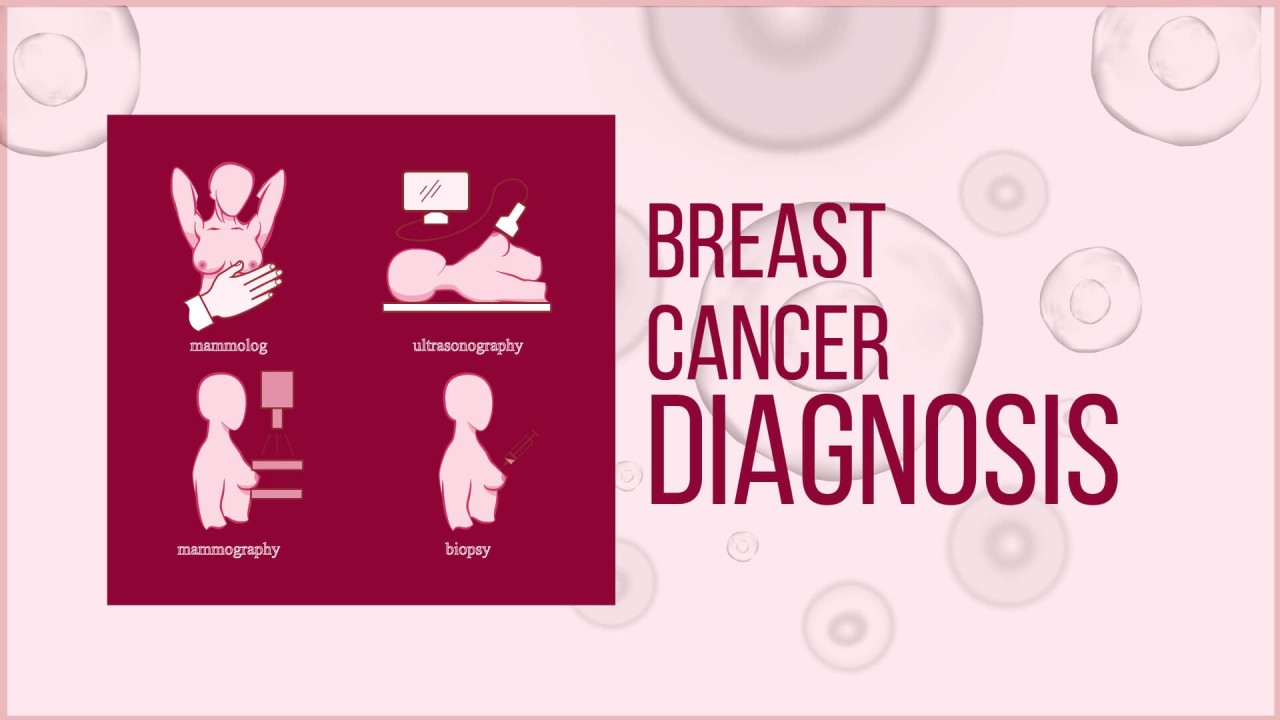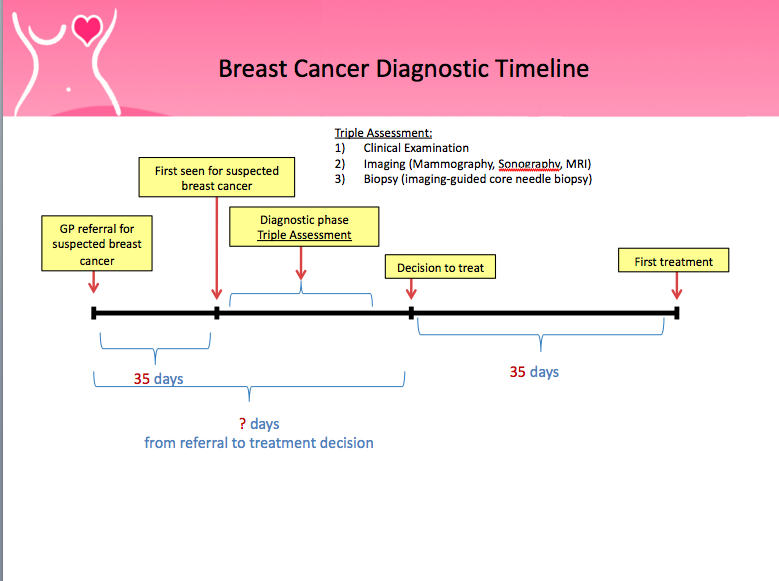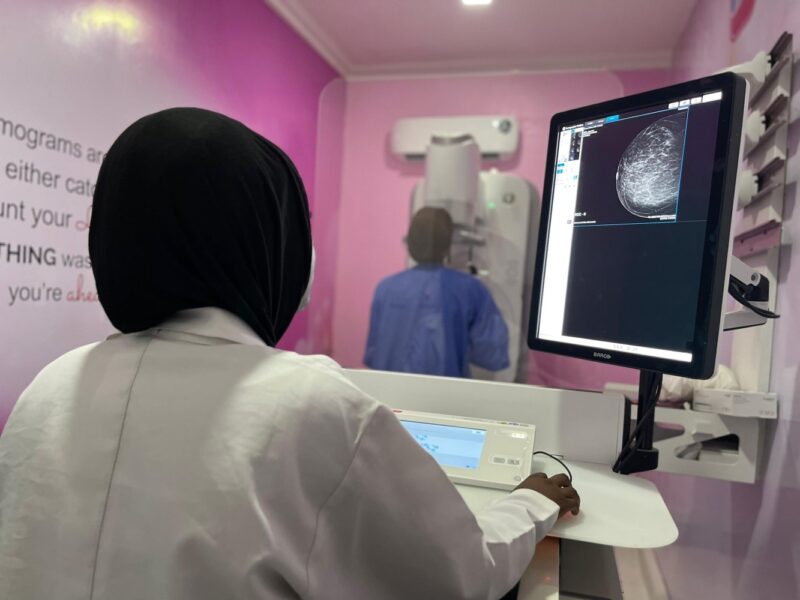
Understanding the Breast Cancer Diagnosis Timeline: Why Every Day Counts – Medicaid Cancer Foundation
Medicaid Cancer Foundation shared a post on LinkedIn:
“Introduction
Timelines are crucial in many aspects of life—from cooking a perfect meal to launching a satellite into orbit. In healthcare, timelines can literally be the difference between life and death. Each disease has its own optimal timeline from when symptoms first appear to when a definitive diagnosis is made and treatment begins. For breast cancer, this timeline is particularly critical.
This article explores the recommended timeline for diagnosing breast cancer, why adhering to it is vital, and how timely diagnosis can significantly impact outcomes for patients.
The Global Standard: 60 Days to Diagnosis
In 2021, global health experts, under the leadership of the World Health Organization (WHO), developed a standardized timeline for breast cancer diagnosis. This is part of the second pillar of the WHO Global Breast Cancer Initiative, which has a bold goal: to reduce breast cancer deaths by 2.5 million by the year 2040.
The recommended timeline is clear: from the moment a patient presents with symptoms, a definitive diagnosis should be made within 60 days.

But what does a definitive diagnosis mean? It includes:
- Identifying the type of breast cancer
- Determining the stage of the cancer
- Completing immunohistochemistry testing (which helps guide treatment)
For instance, if a woman visits a health facility today complaining of a lump in her breast, she should complete the entire diagnostic process—clinical evaluation, imaging, biopsy, and pathology—within two months.
Why 60 Days Matter
Every day of delay can affect prognosis. Research shows that the progression of breast cancer can accelerate rapidly. If diagnosis is delayed beyond 90 days (three months), the chances of survival begin to drop significantly. In other words, sticking to this 60-day window can be the difference between early-stage, treatable cancer and a late-stage, more dangerous condition.
Early diagnosis means more treatment options, lower costs, and significantly higher survival rates. It’s not just a number—it’s a lifeline.
Breaking Down the Diagnostic Journey
At institutions like Medicaid Cancer Foundation, all the necessary diagnostic steps are available under one roof, ensuring a streamlined and efficient process. Here’s what the 60-day timeline typically includes:
- Clinical Breast Examination A hands-on exam by a trained healthcare provider to check for lumps, abnormalities, or changes in breast tissue.
- Imaging Studies Depending on the case, this may include:
- Tissue Sampling and Pathology A biopsy is performed to remove a small sample of tissue for testing. Pathologists then examine the sample to determine if cancer is present, and if so, what type and characteristics it has.
When all these services are integrated—as they are at Medicaid—patients benefit from quicker turnaround times, reduced anxiety, and more cohesive care.

Conclusion: Time is Life
The message is simple but powerful: earlier detection saves lives. By adhering to the global standard of a 60-day diagnosis interval, healthcare providers can help patients act faster and fight smarter.
At Medicaid, we are committed to walking this journey with you—step by step, day by day, without unnecessary delays. No long wait times. No fragmented care. Just focused, compassionate, and effective support when you need it most.
Let’s beat breast cancer—together.”
More posts featuring Medicaid Cancer Foundation.
-
Challenging the Status Quo in Colorectal Cancer 2024
December 6-8, 2024
-
ESMO 2024 Congress
September 13-17, 2024
-
ASCO Annual Meeting
May 30 - June 4, 2024
-
Yvonne Award 2024
May 31, 2024
-
OncoThon 2024, Online
Feb. 15, 2024
-
Global Summit on War & Cancer 2023, Online
Dec. 14-16, 2023
